
As bombs rained and triggered another fright run in Uri on Friday, the villagers once again found themselves at the crossroads of the deadly crisis created by the dogged discord.
Text/Photos by Abid Bhat
KAMALKOTE, Uri – In this fear-filled village standing in the line of fire, residents on Saturday were wondering about a live shell which rested in a residence like a ticking bomb.
Some scattered shells on streets, courtyards and fields equally sounded an alarm.
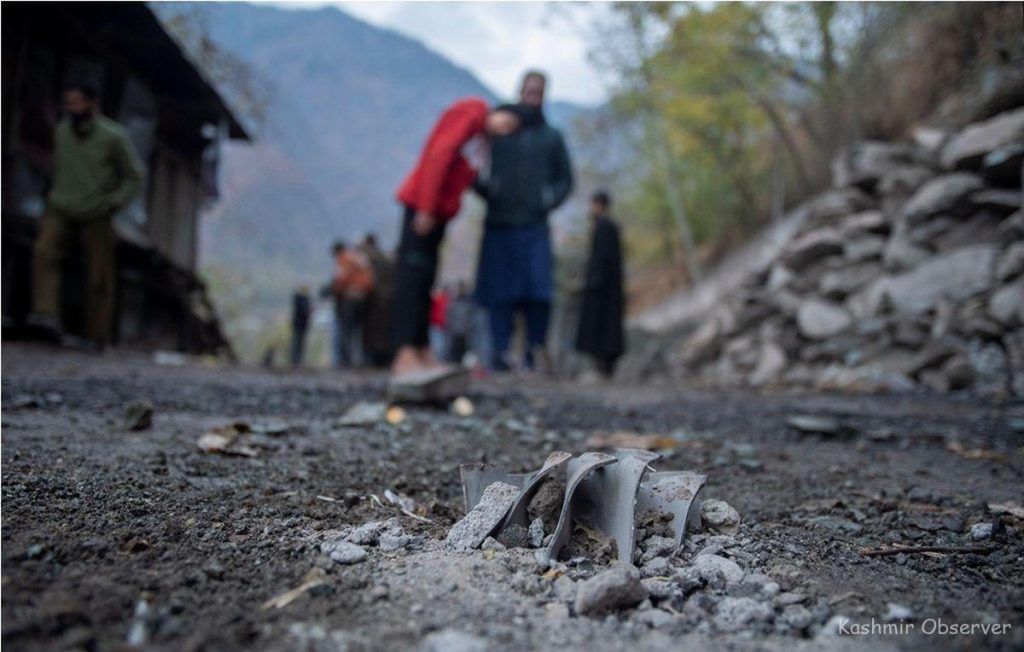
A few panic calls were made to an army helpline number for bomb hunters to diffuse frontier tensions, which once again reared their ugly heads as the winter arrived in the valley.

The scenes were telling.
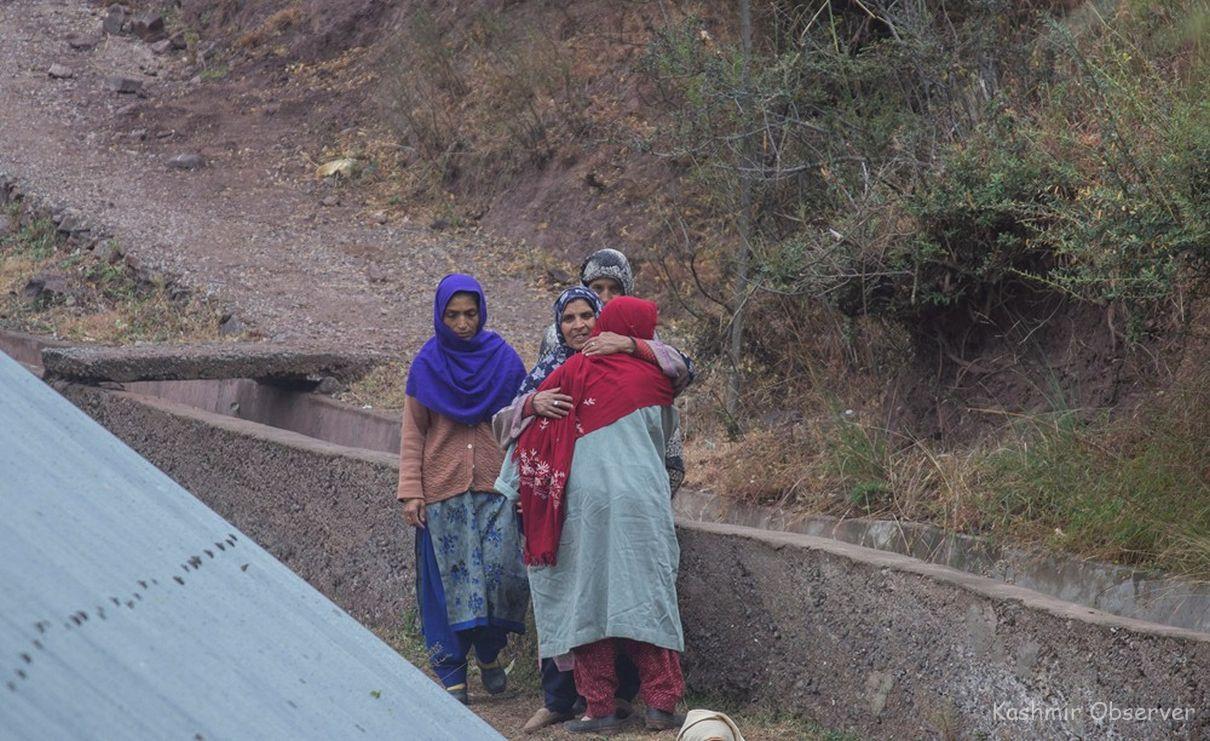
Some women returning from a “long night” were embracing each other in sheer joy and wonder.
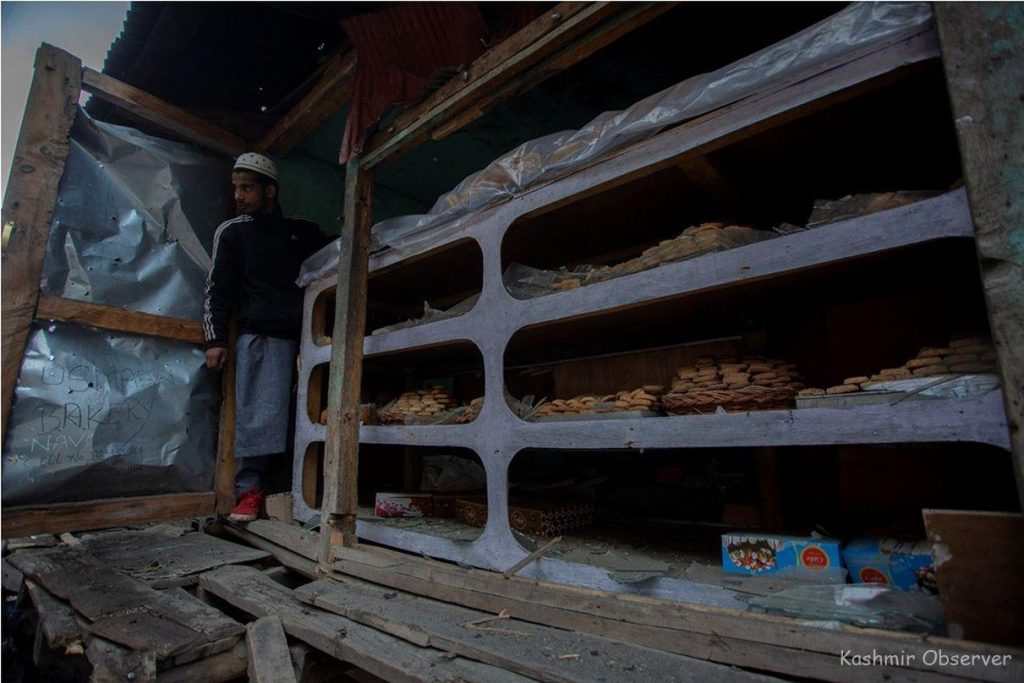
A baker was inspecting his glass-shattered shop.
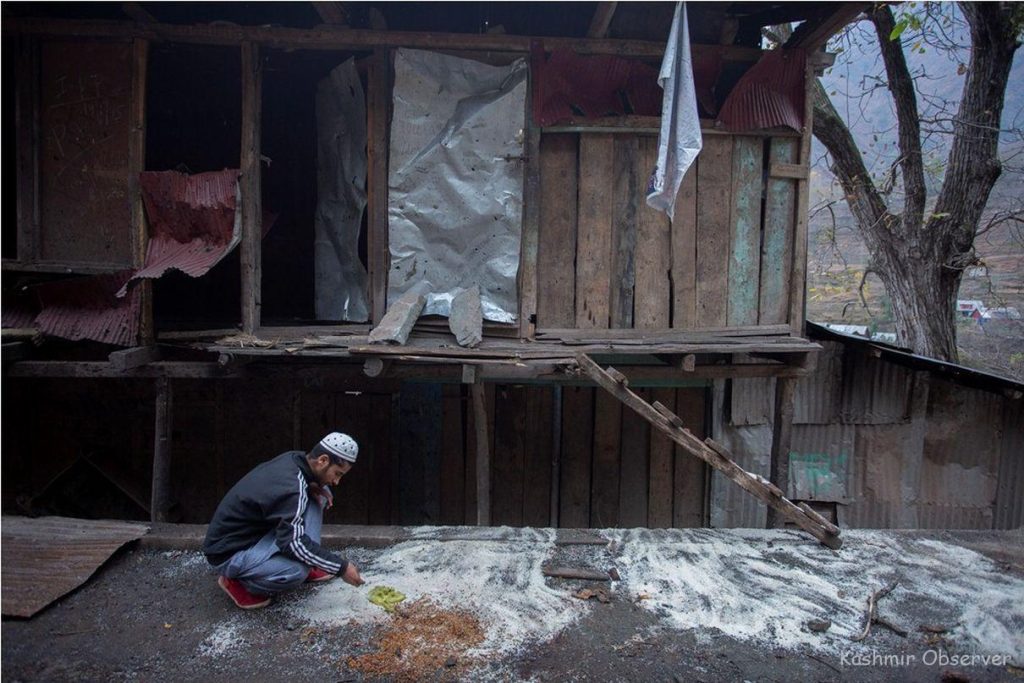
A grocer was assembling his scattered rice stock from ground.
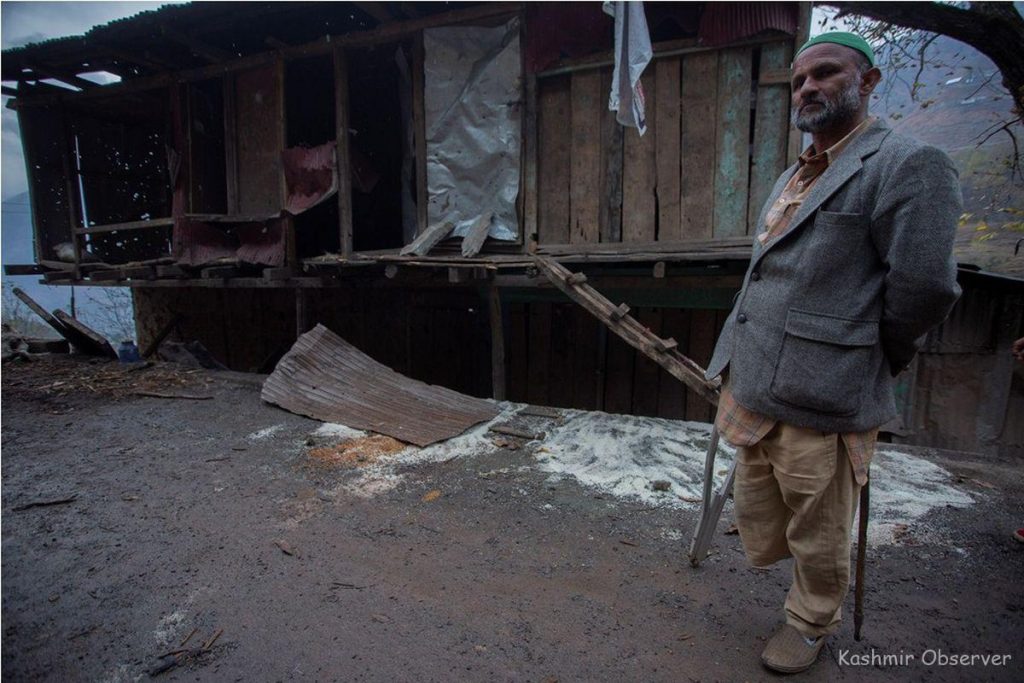
A handicap was standing in the backdrop of shell-shattered structure.
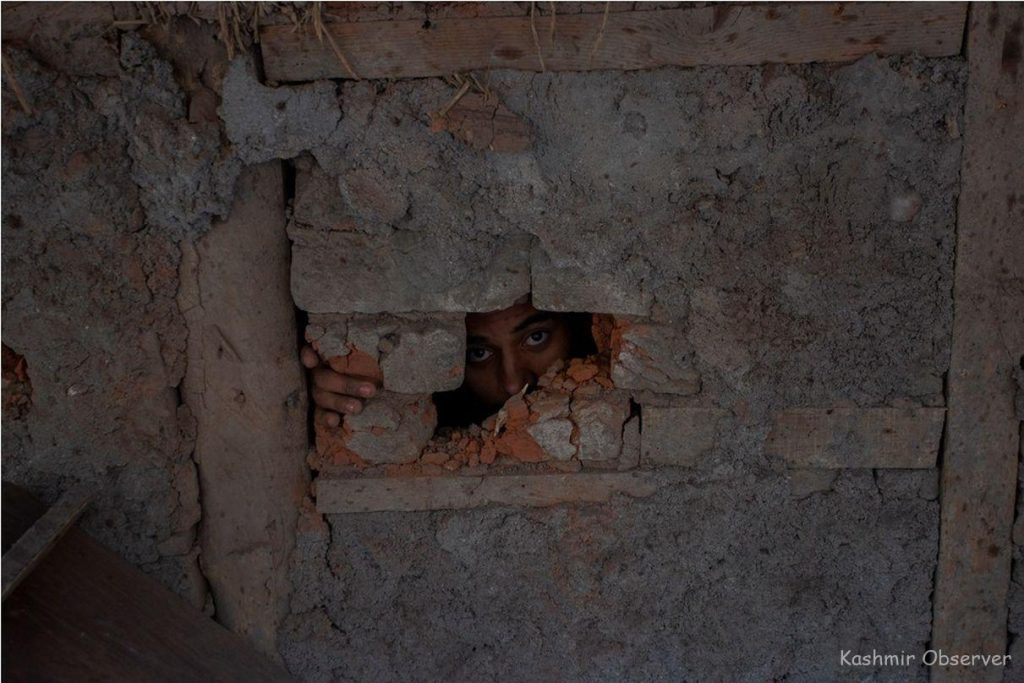
A boy was gazing from a shell-bored wall.

Men were wondering about another possible round of shelling.
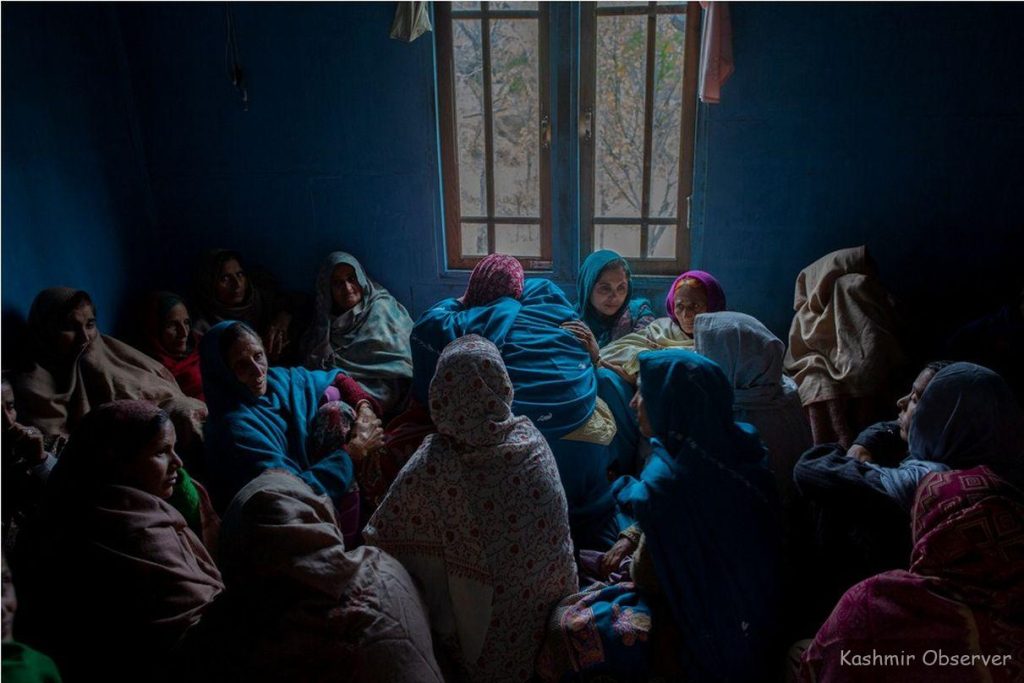
Women were mourning another loss.

All these scenes made Kamalkote a lamenting landscape, craving for a break from LoC fireworks once again erupting here a day before Diwali.
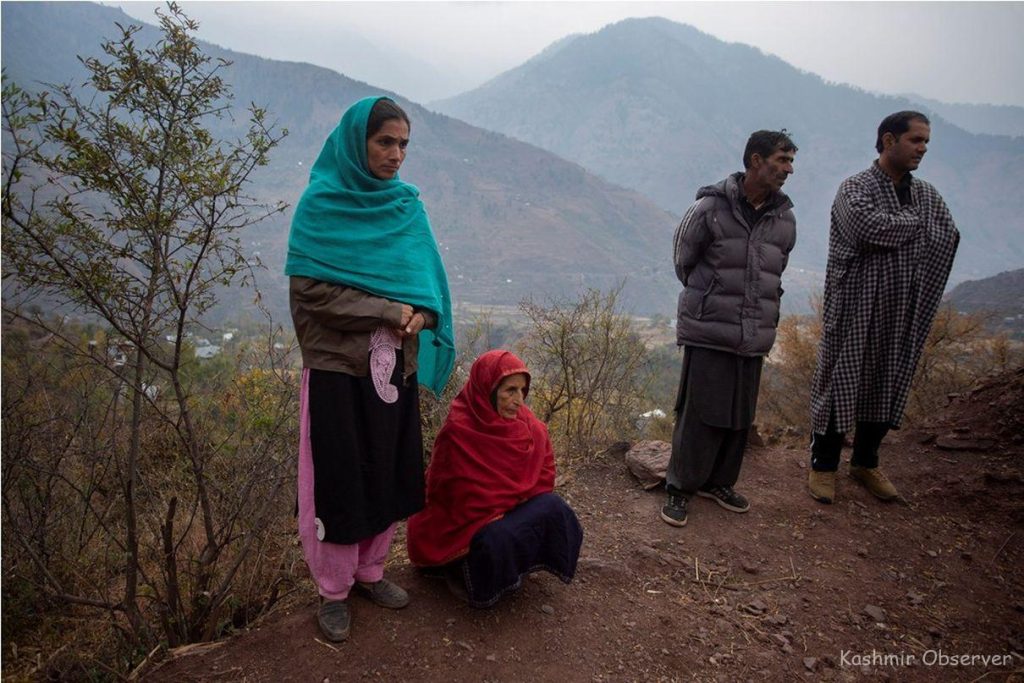
Rattled, villagers abandoned their homes, sheds and barns, fearing for their lives. On the panic-filled streets, kids screamed in fear, while women beat their chest in anxiety.
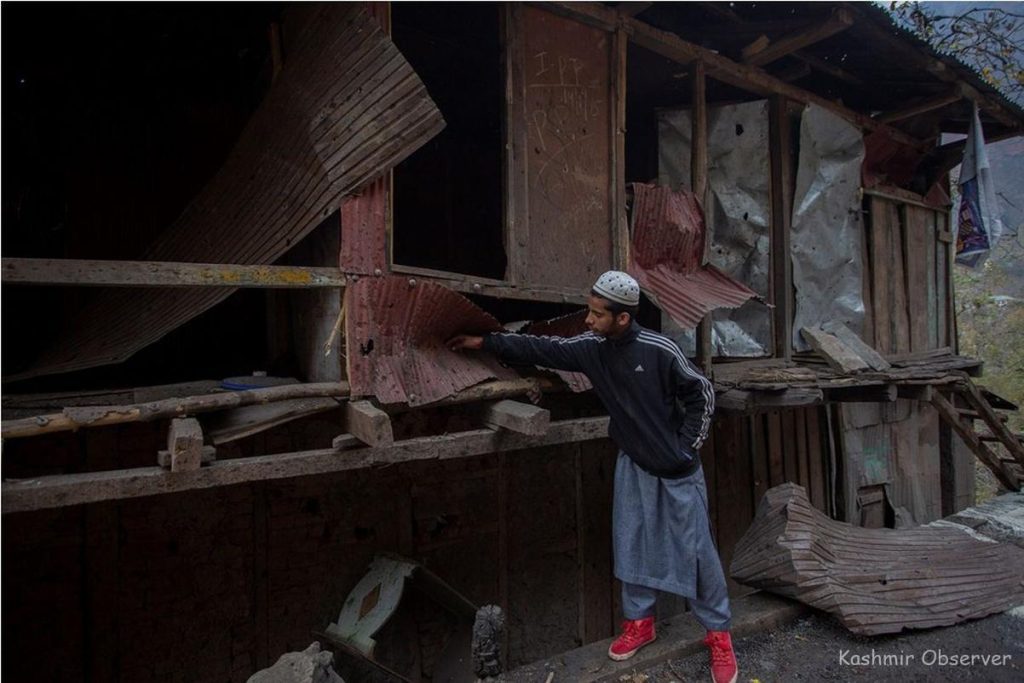
Officials stated that at least 30 residential houses have suffered partial damage in Friday’s cross-LoC shelling in Uri.

A desperate run—glimpses of which were seen in viral videos—once again became the hallmark of a helpless life caught in the throes of uncertainty at LoC.
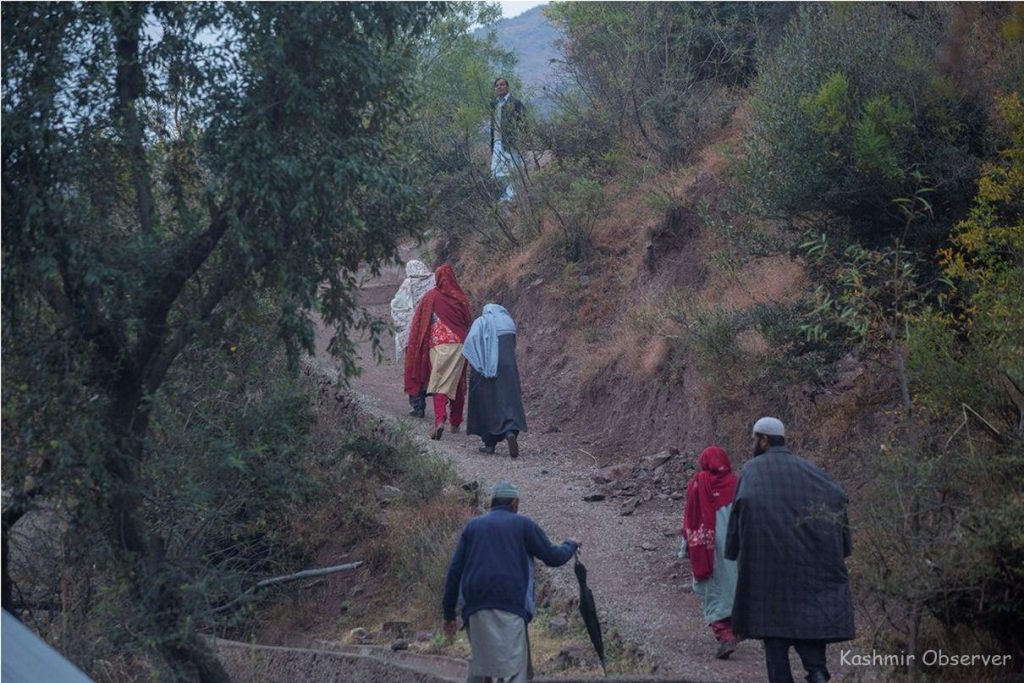
“Like always, shelling started so suddenly that we had to abandon everything,” said Rehman, an elderly villager in Kamalkote.
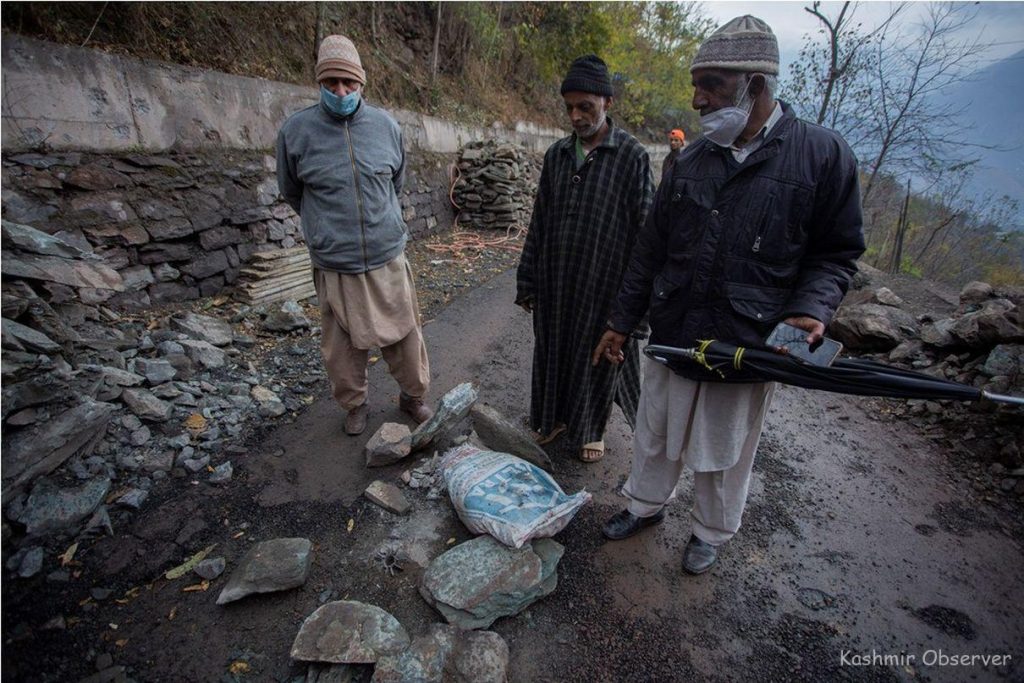
“Most of us thought our end is near,” he said.
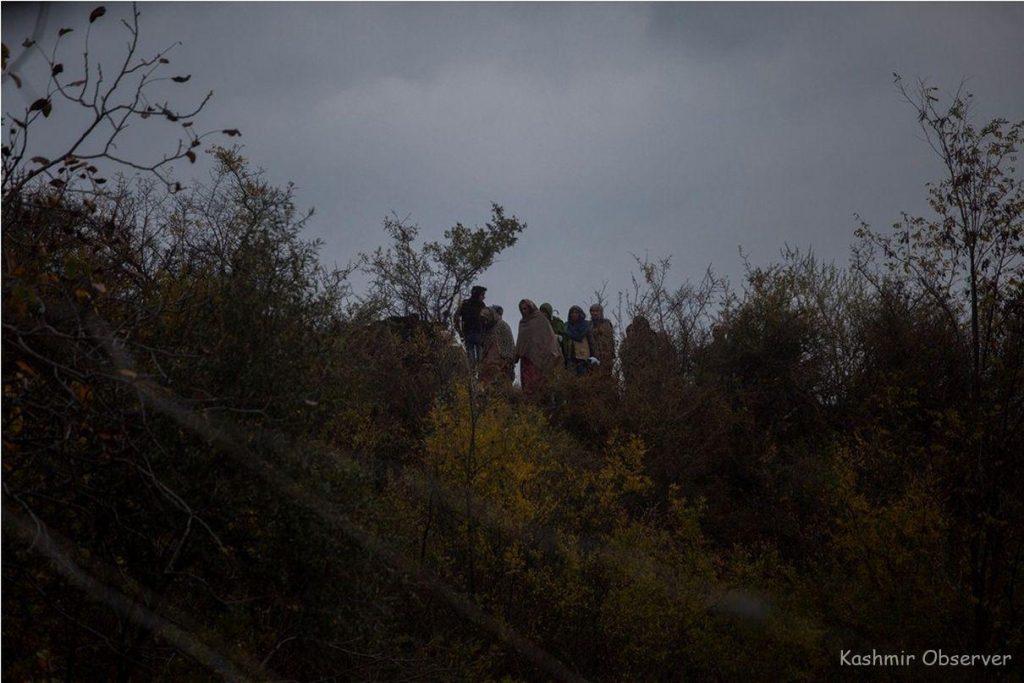
But then, the villagers continued, they can’t even complain now.
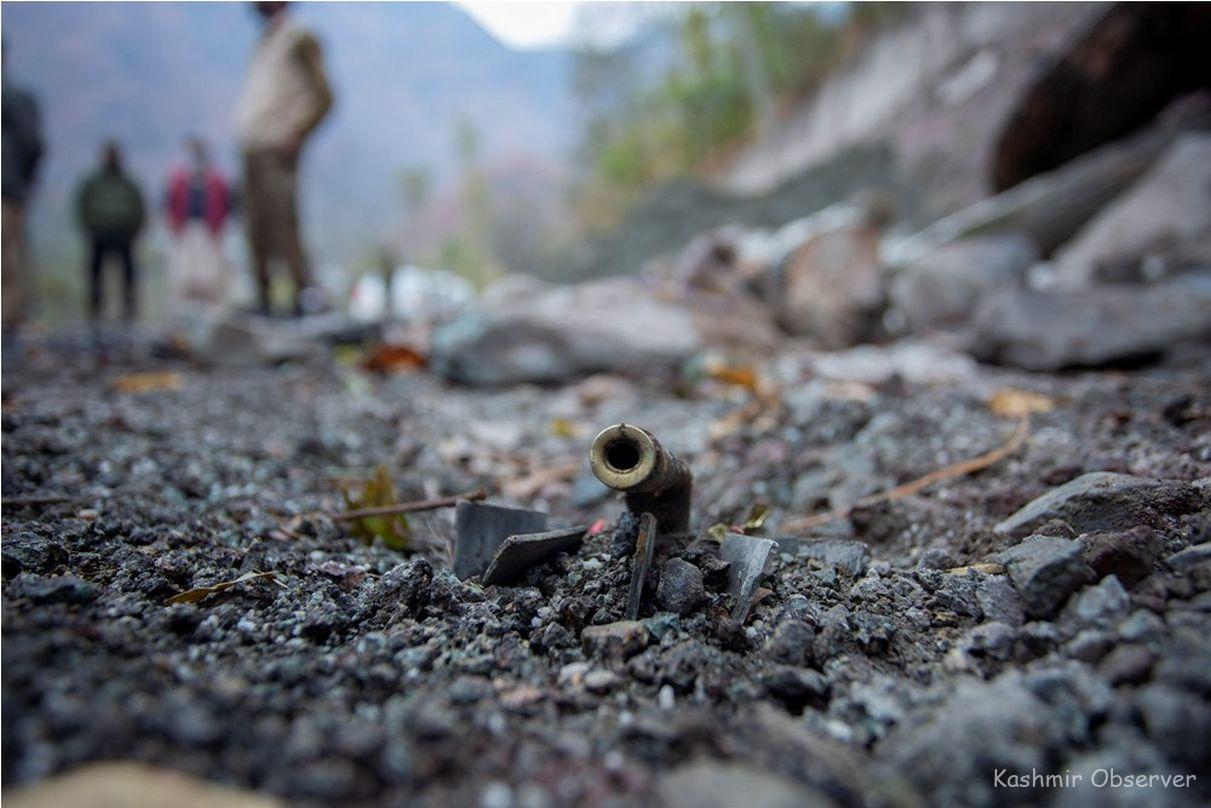
“Our righteous demand for bunkers is repeatedly falling on deaf ears. If army can update its infrastructure at LoC, why isn’t any effort being made to secure civilian lives here?”
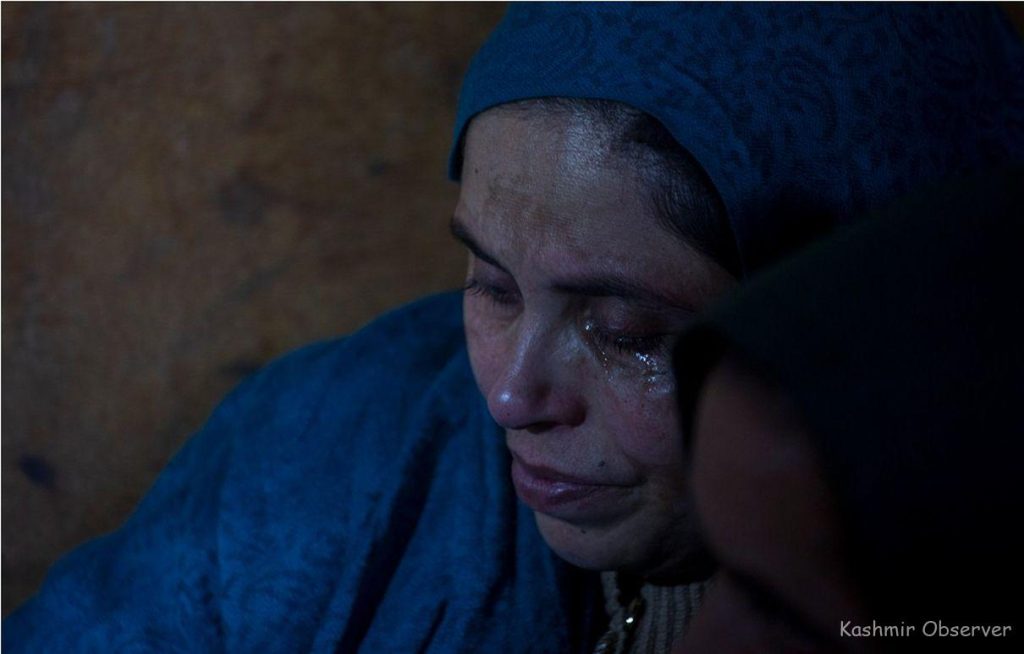
After braving horrors for 24 hours, villagers including women and children sat with worried faces and flashed refugee-like looks in their own home.
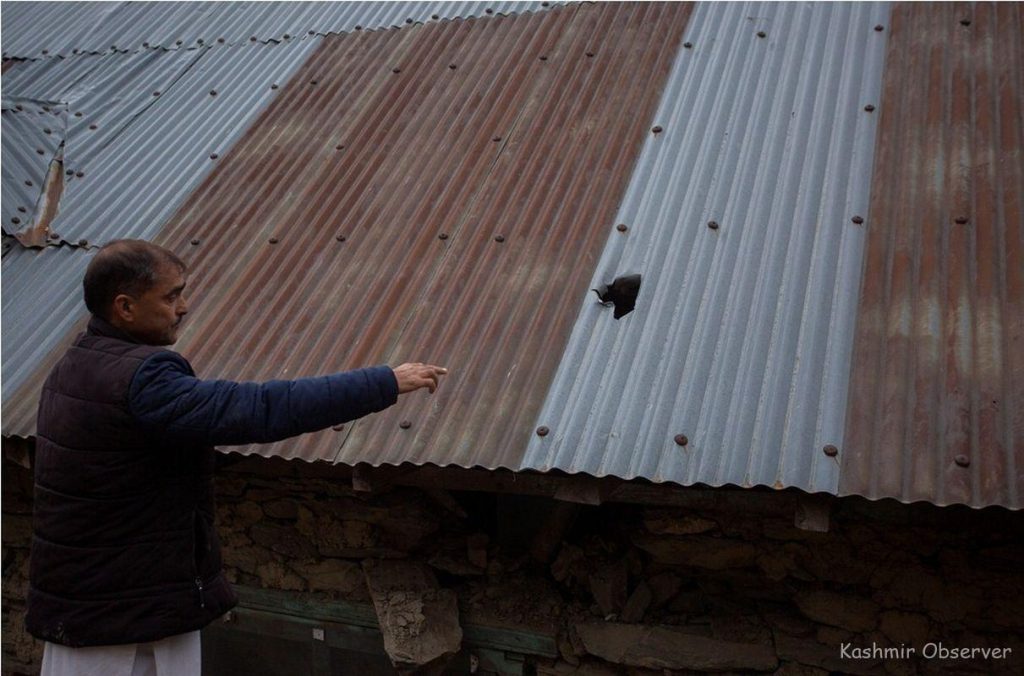
While many predicted another round of LoC firing, others were cursing their luck for “living in hell”.
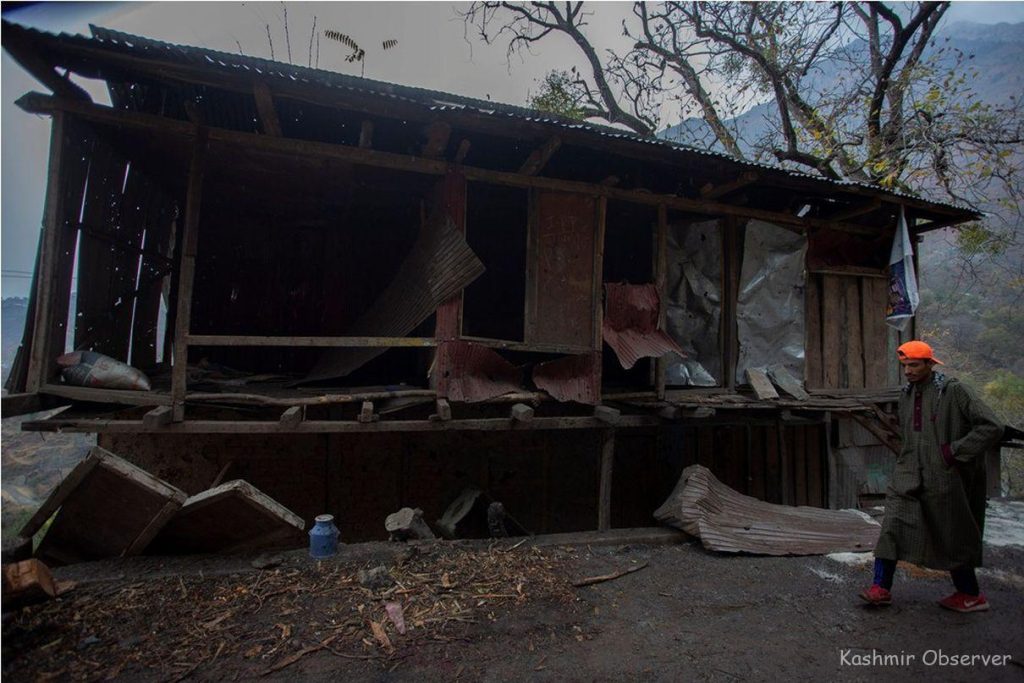
“Woe unto those who brought this situation upon us,” a young man said.
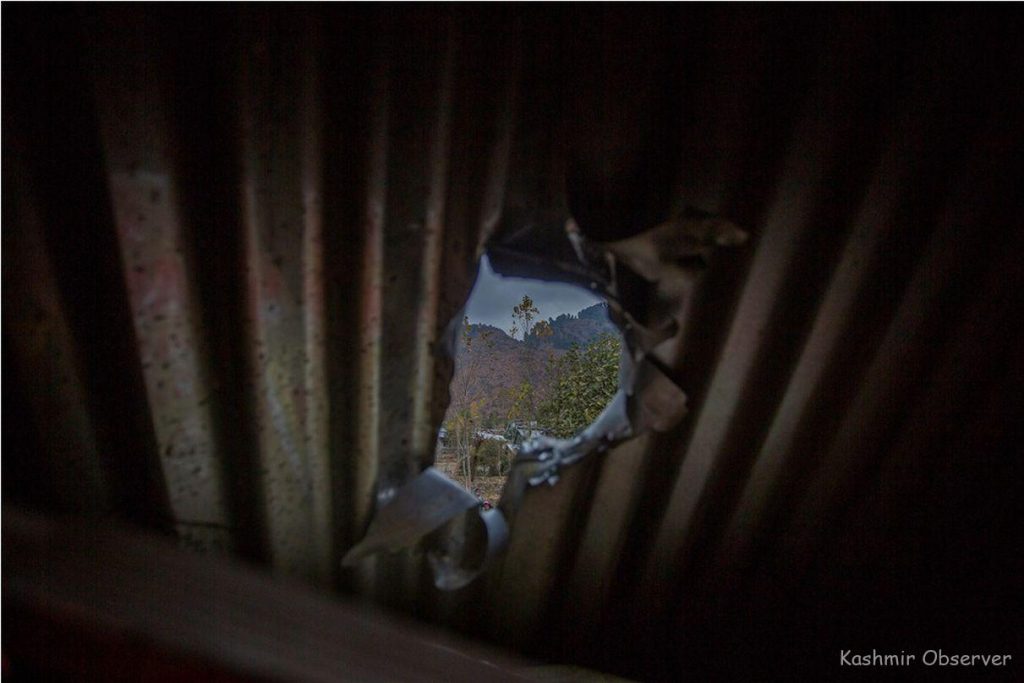
“These shelling have fattened our graveyards, triggered migrations from our village and made people handicap.”
“Why can’t they allow us to live in some peace? What’s stopping these two nations to resolve this cursed issue for once and all and spare us from this constant death and destruction phase?”

Amid anguish came the disturbing projection of the life near LoC. The other day, as hills echoed with bangs, the villagers saw many structures shattering into pieces.
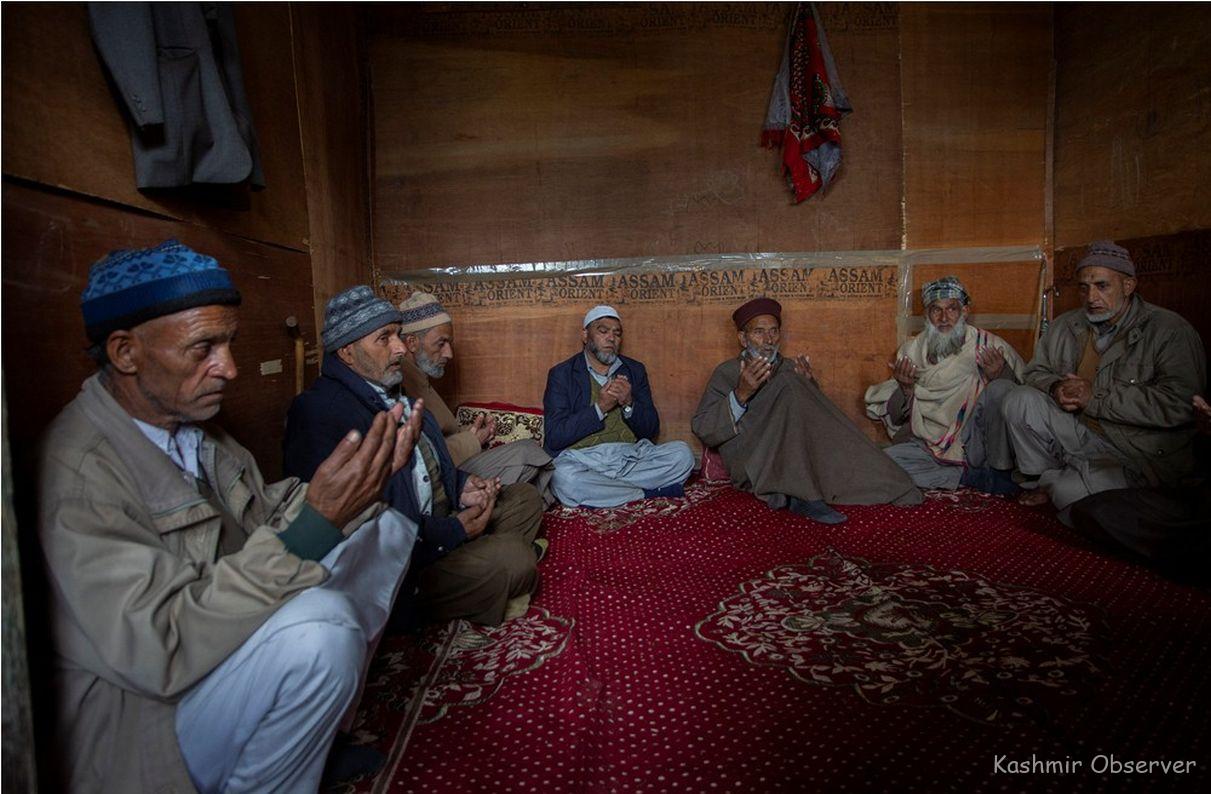
One fallen civilian’s home had become a solidarity shelter.
“In this renewed LoC tension between India and Pakistan, mourners are once again Kashmiris,” said an elderly woman.
Apart from death, the LoC guns have left another trail of human wreck behind. Kamalkote has now another handicap to its name.

“For years now, our people have been losing their limbs to shells here,” said Mushtaq, another villager. “In yesterday’s shelling as well, another villager Syed Nadir Hussain lost both his legs.”

Hussain was brought to an Uri hospital in critical condition and was immediately rushed to Srinagar’s hospital for specialized treatment, where he is now lying in his bed with amputated limbs.
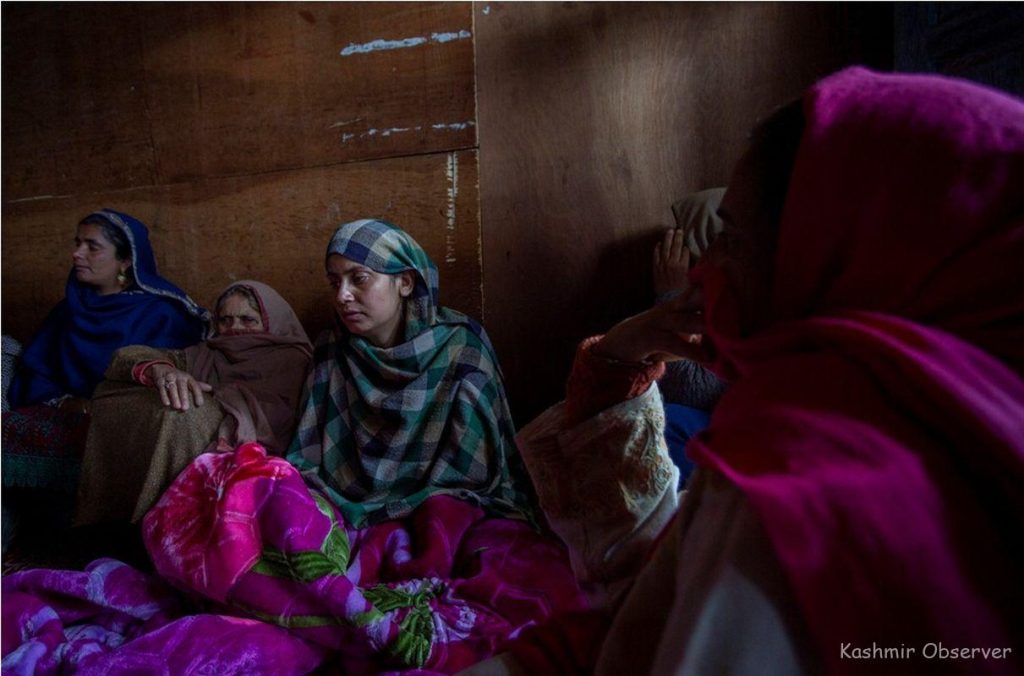
Travesty of life in Uri is such that the villagers now read their own deadly life pattern.
“Like always, we will be forced to take shelter in some school campus till the guns fall silent,” said an elderly woman. “This is our life and this is our helplessness. I don’t know how long this madness is going to consume Kashmiris?”
Follow this link to join our WhatsApp group: Join Now
Be Part of Quality Journalism |
Quality journalism takes a lot of time, money and hard work to produce and despite all the hardships we still do it. Our reporters and editors are working overtime in Kashmir and beyond to cover what you care about, break big stories, and expose injustices that can change lives. Today more people are reading Kashmir Observer than ever, but only a handful are paying while advertising revenues are falling fast. |
| ACT NOW |
| MONTHLY | Rs 100 | |
| YEARLY | Rs 1000 | |
| LIFETIME | Rs 10000 | |










